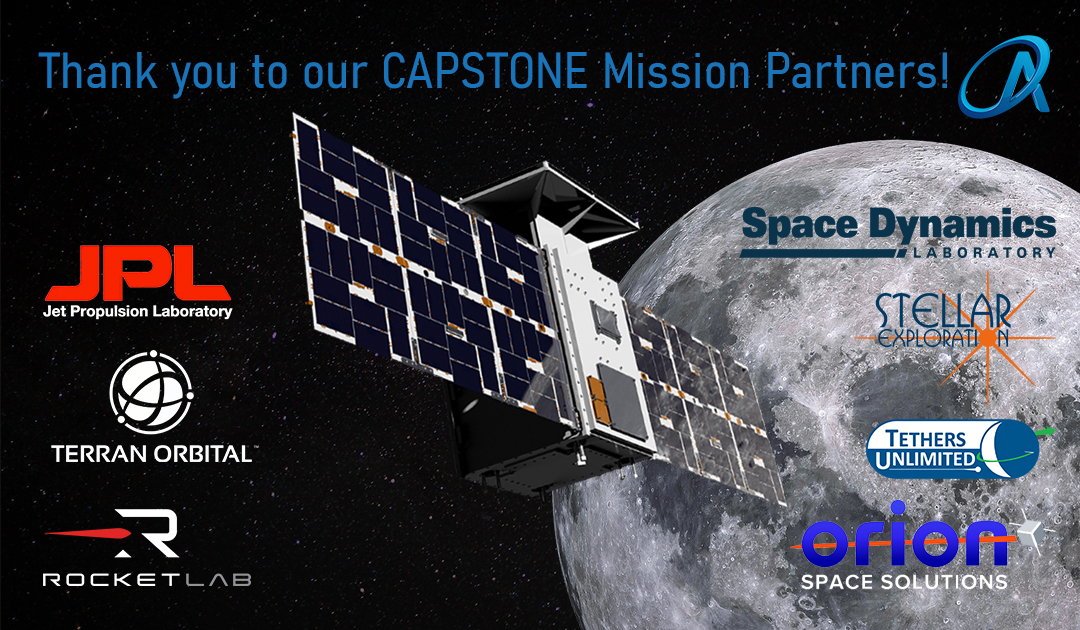Advanced Space Announces CAPSTONE Separation To Start Solo Journey Mission to Moon for NASA
First CubeSat, “Mini-Satellite” to Make Solo Flight the Moon Leaves Low-Earth Orbit and On To Test Unique Orbit; Transferring Mission from Launch Provider to Lunar Operations.
Westminster, CO (July 4, 2022) Advanced Space LLC., a leading commercial space tech company pioneering the pathfinder mission, spacecraft separated from Rocket Lab’s Photon upper stage today after its launch on June 28. The Cislunar Autonomous Positioning System Technology Operations and Navigation Experiment (CAPSTONE) spacecraft has orbited Earth while raising its position to be thrusted beyond low-Earth orbit on a trajectory to the Moon. (more…)
